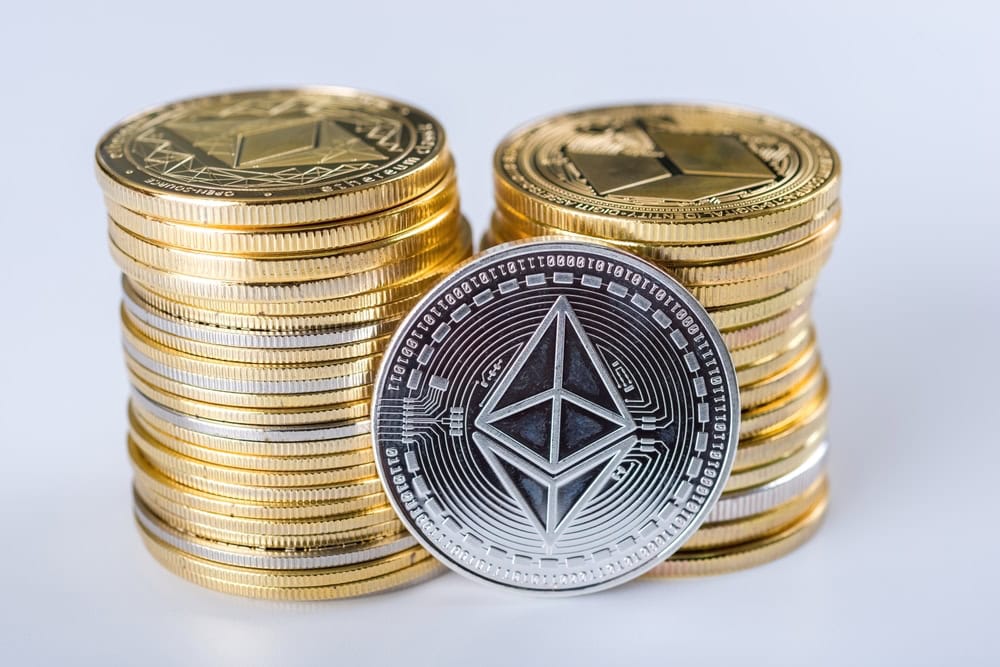
"Ethereum ( ) and Solana ( ) have both had a volatile year. Ethereum hit a record high near $4,700 before slipping below $4,000 after the crypto flash crash . Solana followed a similar path, climbing to around $295 early in 2025 but later falling back to the mid-$100 range. Now, with 2026 approaching, investors are wondering which offers more upside. Will Ethereum's stability and institutional backing keep it climbing, or will Solana's faster transaction speed and lower fees lead to bigger gains next year?"
"The Bullish Case for Ethereum Ethereum bulls believe the recent dip is just a brief pause before the next leg higher. Their confidence rests on three key pillars: 1. Wall Street Money Institutional adoption of ETH is stronger than ever. The launch of several Ethereum spot ETFs in 2025 has driven mainstream capital into the market. BlackRock, Fidelity, and other Wall Street giants have invested billions. Spot ETH ETFs saw record-breaking inflows of over $5 billion in one month in mid-2025, even outpacing Bitcoin fund flows at times. This wave of "smart money" signals that big investors view Ethereum as a long-term winner."
"2. Network Upgrades On December 3, 2025, the Ethereum network is scheduled to implement the "Fusaka" hard fork , introducing PeerDAS to boost scalability. Fusaka will increase Ethereum's throughput and lower gas fees, allowing the blockchain to process far more data and transactions without high costs. Past bull runs saw Ethereum struggle with sky-high fees. Now, metrics show network activity is near 2025 highs while fees remain manageable, a sign that scaling solutions (Layer 2 rollups and now Fusaka's improvements) are working."
Ethereum and Solana both ran up sharply in 2024–2025 and then retraced significantly. Ethereum reached near $4,700 before sliding under $4,000, while Solana climbed to about $295 and later fell to the mid-$100s. Ethereum bulls cite strong institutional adoption, including multiple spot ETH ETFs and record inflows exceeding $5 billion in a month, as a major supportive factor. Scheduled network upgrades, notably the Fusaka hard fork with PeerDAS on December 3, 2025, aim to boost throughput and reduce gas fees. Network metrics show high activity with manageable fees, and the central question is which chain’s advantages will drive 2026 gains.
Read at 24/7 Wall St.
Unable to calculate read time
Collection
[
|
...
]